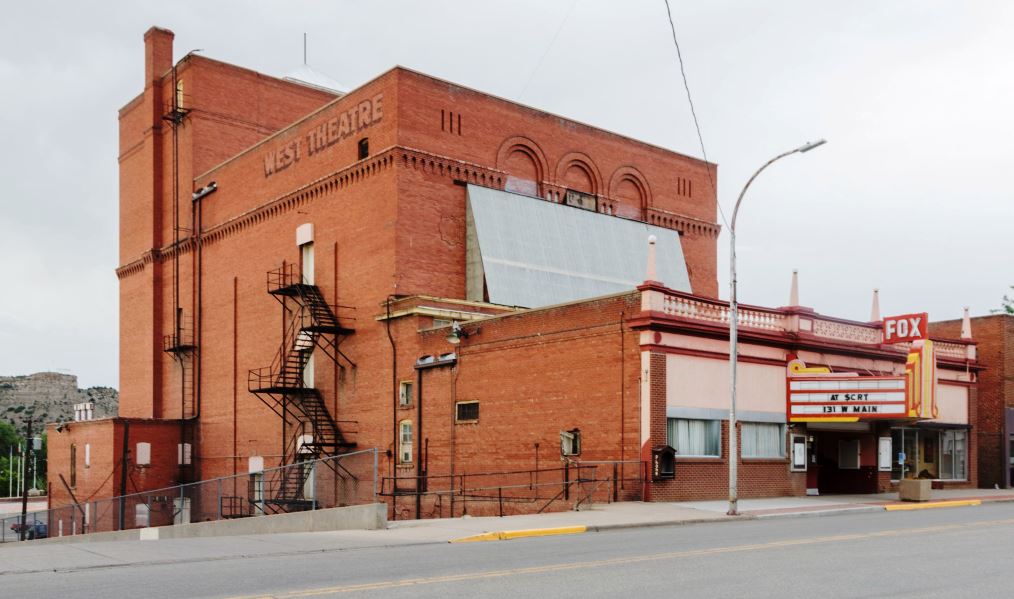One of the pioneering themes of the 2002 book, The Restoration Economy, was “integrated restoration”, whereby two or more forms of restorative development were combined to create synergies and efficiencies. One form might be combining heritage restoration with climate restoration goals, such as via energy efficiency.
The latest example of that comes from Colorado, where Colorado Main Street—a program of the Colorado Department of Local Affairs‘s (DOLA) Division of Local Government (DLG)—has launched the Heritage Energy Pilot Project offering interagency collaboration to combine quality historic preservation with statewide energy goals.
In rural towns, Main Street districts have long been the heart of community life and key to economic success. Although these places offer an iconic image of local heritage, they are notoriously hard to reach with either historic preservation or energy efficiency incentives.
The Heritage Energy Pilot Program will streamline processes and infuse state agency incentives and technical assistance to catalyze increased public-private investment into rural communities.
Colorado Main Street is working with the Colorado Energy Office and History Colorado’s State Historic Preservation Office to create the Heritage Energy Leadership Partnership (HELP) team, which will facilitate access to incentives and technical assistance for the preservation and sustainable reinvestment of unique cultural landmarks in rural downtowns.
“It may be the first time all three agencies have shared a collective project,” said Main Street Architect Larry Lucas.
“This special relationship will help bridge the longstanding gap between historic preservationists and energy professionals, under a common goal to make Colorado stronger and more sustainable,” he added.
The HELP team will work intensively with three pilot projects, one public and two private, to integrate existing resources and high-impact environmental preservation methods such as historic tax credits, History Colorado State Historical Fund grants, Commercial Property Assessed Clean Energy (C-PACE) financing, Energy Performance Contracting for public-owned properties and utility incentives.
These pilot projects will help develop a refined cost-savings strategy and timeline for future projects to improve building infrastructure, and incorporate energy efficiency and renewable energy opportunities into preservation efforts.
Main Street solicited nominations from communities across the state and selected three projects. They are the Fox Theatre in Trinidad, the Bank Building in Ridgway, and the Herald newspaper building in Leadville. These three projects differ in size and scope.
Their differences will help prove the pilot’s concept. The long-term vision is to use lessons learned and develop a statewide network of Heritage Energy Main Street districts.
Anticipated project outcomes include preservation of community heritage, enhancements to local economic development, and reduction of energy consumption within buildings to improve local carbon footprints. A successful pilot will lead to a rollout of a similar project elsewhere in the state.
“Working together with the HELP team, we are eager for the Heritage Energy Pilot Project to reach these important goals,” concluded Lucas.
This will create more vibrant Main Street districts, greater economic resilience, healthier living and better working environments for owners and tenants across Colorado.
2010 photo of the Fox Theater in Trinidad is by Carol M. Highsmith via the Library of Congress.
Learn more about Colorado Main Street.
Learn more about the Colorado Energy Office.
Learn more about History Colorado State Historical Fund.

